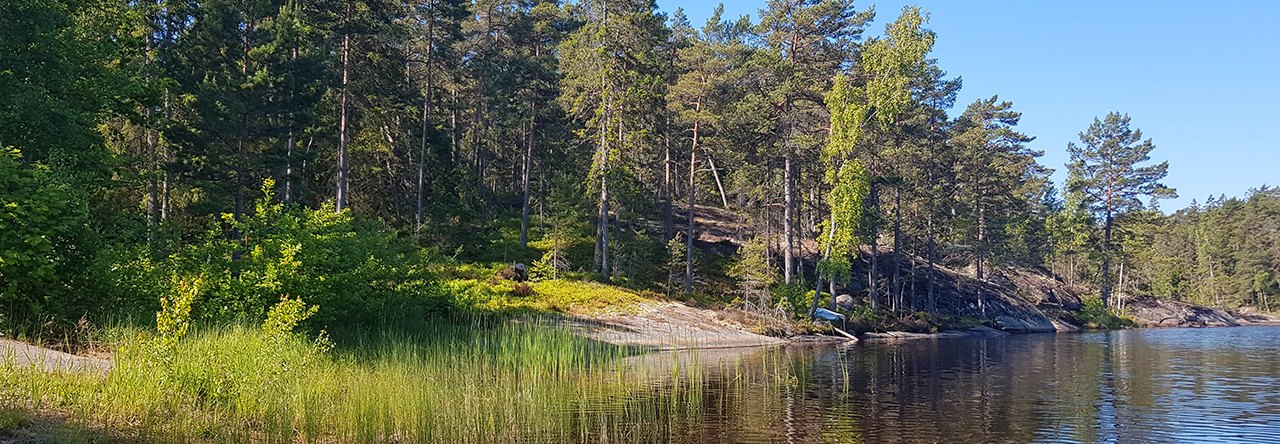Finally after almost 3 years of isolation and pandemic, my group of American/Jewish/Swedish friends could meet in person and celebrate Passover together again. We gathered at the Party House on Reimersholmen as we usually have done for many years now and sat down to an organized dinner. It was so great to see all who could make it. This year our Seder plate had two additions on it. I am generally a traditionalist and don’t like changing the contents of the Seder plate to suit current politically correct modernity but I made an exception this year. This year we added an orange and a beautiful sunflower blossom – the orange to symbolize women leading services once usually reserved only to men and the flower to remind us what is going on in Ukraine at this moment.
Here is what I had to say before we started our service.
It’s so nice to see all of you today. It’s been 3 years since we met to celebrate Passover in person. Technically it’s not really Passover any longer. Yesterday was the last day so I guess Passover has passed over us. Passover is over but here we are…
Here we are. Think about those words: here we are. We almost weren’t. I waited too long before trying to book the Party House and when I went to book our usual day, Good Friday, I discovered someone else had booked it before me. Saturday, påskafton was also booked, as well as Easter Sunday. Today was the only available day this weekend, so here we are.
This holiday which we celebrate every year, is especially apt this year, given what has been going on in the world right now. Passover reminds us how we had to pack up what we could carry with us and leave a land that we had been living in for many generations, at almost a moment’s notice. We didn’t even have time to let our bread rise.
A similar exodus is happening over in Ukraine right now. I can’t stop watching CNN show me how Ukrainians are being forced to flee from their homes and escape to other countries. While they aren’t being chased out by horse-drawn chariots and their bread comes in plastic bags from grocery stores, their hasty and dangerous exodus reminds me of the Passover story. It tells the tale of a people who want to be able to live in freedom and self-determination just like the Ukrainians do today.
The Passover story of the exodus from Egypt, 13 centuries before Jesus, was the founding myth of the Jewish people. But, it was just the first of many such expulsions. 7 centuries before Jesus, the Assyrian empire sacked the northern Kingdom of Israel and deported the Jews to Assyria. Then a little over a hundred years later Babylonia, besieged Jerusalem, destroyed Solomon’s Temple and carted us off to Babylonia. It took fifty years before the Jews were allowed to return to their homeland and could build a new temple. That Temple got destroyed by the Romans in 70 AD and once again Jews were scattered across the ancient world far away from their home. This time the expulsion would last for 2000 years.
During those centuries Jews were given the choice to either leave or die, by cities or countries throughout Europe and north Africa. During the early middle ages, Spain became a haven of prosperity for Jews only to be ended with the devastating expulsion by Ferdinand and Isabella in 1492. I’m not going to list all the places that first welcomed us only to later expel us. You can look it up on Wikipedia.
But in spite of all that moving around, the Jewish People survived. We learned how to carry with us our culture, our religion, our history – to not tie it down to the place we were living in. In today’s world, forced migration is getting more and more common. Sometimes because of war like in Ukraine, or because of environmental catastrophes like forest fires in the American west or rising sea levels for island nations or desertification in sub-Saharan Africa. With each new place the Jewish people were forced to move to, we learned to live there within the new rules of the place and also as Jews and when we had to leave we took with us the influences from that place and incorporated them into ourselves without losing ourselves in the process. This ability to adapt and change and still remain true to our heart is something we can teach the rest of the world in these days of involuntary migration.
So, here we are, sitting here, today, as Jews still do, in a small building on Reimersholmen, remembering that very first move. Granted we are not all here – some of us, from my group of J.A.P.S., couldn’t make it today. Hopefully next year we can all be here together once again.
So, let’s start the seder.


Ron Pavellas
Dear Hilarie,
I have been to a Seder, by invitation. I have admired traditions of the Jews since the time my family moved, temporarily, to Brooklyn in the late 1940s. From Wikipedia: “The resulting expulsion led to mass migration of Jews from Spain to Italy, Greece and the Mediterranean Basin.[6] At the time, this can be seen in Jewish surnames beginning to show up in Italy and Greece. ” Another source: “But the biggest Jewish city in the world during the sixteenth century was not where you’d think— it was Salonika (modern-day Thessaloniki), in Ottoman Greece.” https://historyofyesterday.com/the-worlds-biggest-jewish-city-used-to-be-in-greece-46d53b1cfd0f. As the grandson of Greeks, I feel an affinity with Jews in that “we” are everywhere in the world and have had our own experiences with oppression and death at the hands of the Ottomans and their successors.
Sue C.
This is beautiful writing. Heartfelt message and a gorgeous clean text.